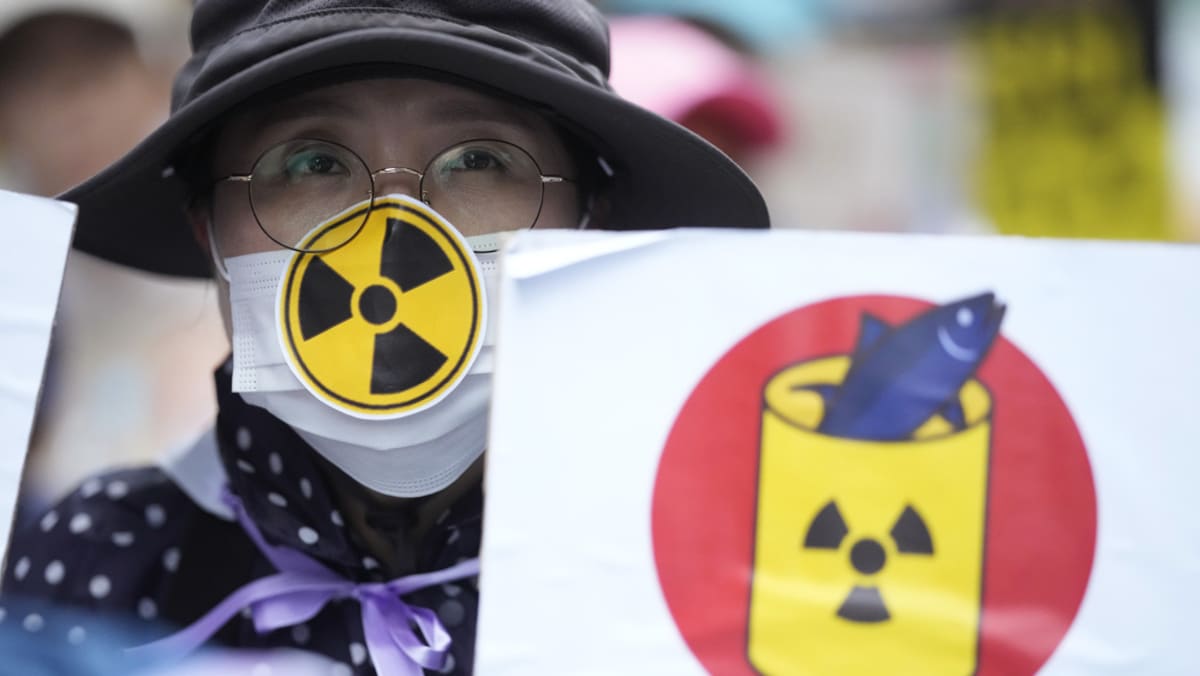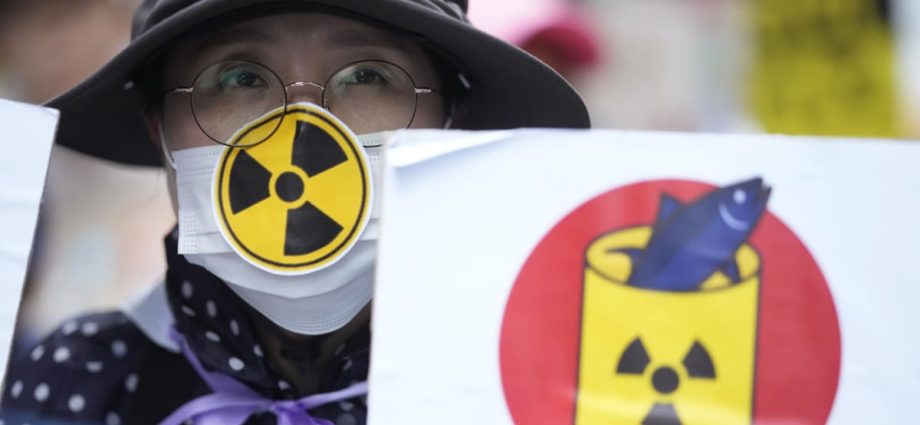
HUMAN FEARS AND ANXIETIES ABOUT ALL THINGS NUCLEAR
Despite the scientific endorsement, very little is known in the public regarding the effects of radiation. Fears and anxieties persist – it is only human.
The concerns are largely on the environmental impact and degradation of marine ecology, as well as the risks to human health.
Tritium emits beta radiation, but this cannot penetrate human skin. The concern lies with the ingestion of affected seafood, which is why outcry within Japan has stemmed mainly from its fishery industry.
As a precaution, Japan has stepped up monitoring of radiation levels in nearby affected waters and will test fishery products before they are released to the consumer market. However, such precautionary measures are not foolproof and people worry that contaminated fish and seafood could arrive on the dining table.
Another contributing factor is TEPCO’s lack of transparency regarding the management of the Fukushima wastewater.
In 2011, prior to the ALPS treatment process introduced in 2013, TEPCO discharged tonnes of untreated, highly radioactive wastewater into the Pacific Ocean, drawing huge criticisms about their irresponsible behaviour. TEPCO had also denied claims of repeated leakages to the groundwater, which led to the flow of radioactive nuclides into the ocean.
Given TEPCO’s disrepute, several experts remained sceptical that the ALPS-treated water was safe and below the acceptable threshold for discharge. As such, TEPCO should first demonstrate the trustworthiness of its organisation before going all out to convince the international community to accept its “science-based” approach.

